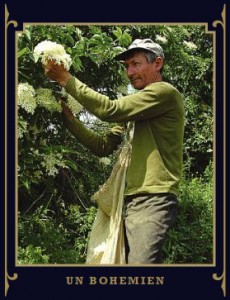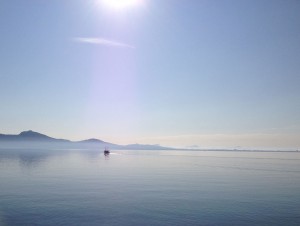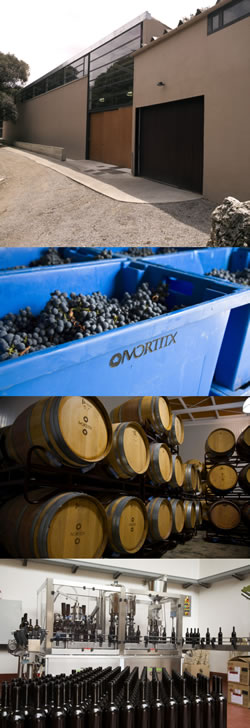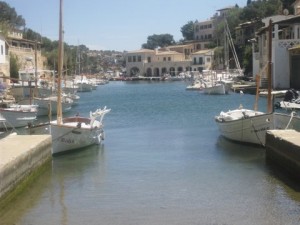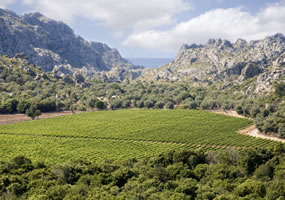Genever Gin – the original gin
We all love a nice G’n’T, and have become accustomed to the London style gin which has been immensely popular in this country for a hundred and fifty years or so now. Dry, clean and slightly aromatic, this wonderful spirit is vastly different to the drink it historically evolved from, the Dutch drink Genever, which was named after one of the constituents of the drink, the juniper berry. It was originally perceived to be a medicine (I wish my doctor would prescribe a bottle or two) when it was first created, however in the 17th century it soon became popular with British soldiers fighting in the ‘thirty years war’, who then introduced their ‘Dutch Courage’ to these shores. It soon took off in popularity in Britain, resulting in the encouragement of home production of ‘gin’ (as the name was shortened to) during the reign of William and Mary. The style was still sweet and rich, similar to the Genever of Holland.
This, however caused something of a ‘gin epidemic’ as the drink was cheap to manufacture and therefore to sell, and it is argued was safer to drink than London water! Therefore the drink became rampant, particularly amongst the poor resulting in a constantly drunken London, day and night (what’s changed). When the government tried to tackle the problem, creating new laws to make the cost of gin much more expensive, riots broke out. Eventually in the 1870’s the drink had been modified into the dry style which we know today, and gin became respectable again.
As a consequence of this, the original Dutch Genever became an unusual and rare drink on the British market, and that remains the case today, although there are some exceptional offerings out there, made in traditional styles, with historical packaging that are great examples of the original gin style.
The A van Weiss distillery has been operating since 1872 and is said to be the last remaining authentic distillery in Amsterdam. They pride themselves on generating their Genever from traditional recipes with an attention to detail in terms of the botanicals used to create balanced spirits.
A van Weiss still create two styles of genever, old and young. These are not a reference to the age of the gin, but rather refer to the method used in the creation of the spirit. Old Genever is made using traditional methods based on recipes from before 1900. This method involves fermenting the wheat and then distilling it three times to create a ‘korenwijn’ (malt wine). Herbs (botanicals) and juniper berries are then added to this malt wine, and it is then distilled a fourth time. This product can then be released young, or can be aged in oak barrels sometimes for up to twenty years. Old Genever tends to be quite sweet and aromatic and has a straw like colour.
The Amsterdamsche Old Genever Gin , is a great example of this style, distilled twice and using a combination of 100 malt wine and herbs, it has a pale yellow hue due to being aged in oak for six months. Soft and elegant but with a voluptuous palate, this is perfect drunk chilled straight from the fridge.
For a more serious Genever, Roggenaer Special Reserve Gin 15 Years , this gin is full of herby presence with a generous rye character balanced off with soft citrus notes. Gentle and refined this is a rare, yet great example of the A van Weiss distillery’s work.
Young Genever is made using methods that are post 1900, and involve directly fermenting and distilling the wheats until they are 96% alcohol, before adding the botanicals. This style is what is commonly known as gin and is much drier and cleaner, with a lighter body. This style is more associated with the ‘London’ style gins, but a good example from Holland would be the, Jonge Wees Geneva Gin , which is a light, smooth and slightly sweet spirit with an obvious juniper berry flavour.
For a contemporary style of Genever, in both production and packaging, try from another distillery, the stylish Dutch Zuidam Genever Gin , which is sweet, full bodied and aromatic, and delicious chilled from the freezer. Produced from two generations of master distillers, this Genever oozes modernity, but maintains a nod to the historical context of the drink. This excellent producer have also developed Zuidam Dry Gin , which is a small batch similar to a London style gin, creating a zippy balance of citrus and herbs, with a delightful slightly aromatic harmony.
Try Genever Gin with friends and seek their opinion on the differences.
HAPPY GENEVER GIN DAYS
JAMES M
 Comments Off on Genever Gin – the original gin
Comments Off on Genever Gin – the original gin 

